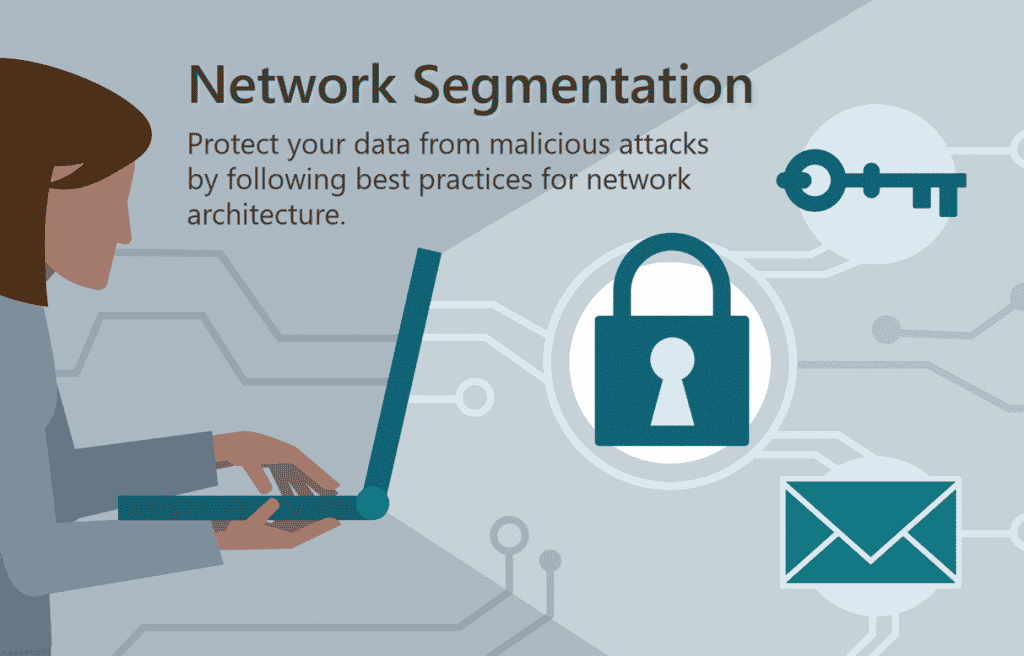The most prevalent approach to breaking up a network into smaller, more controllable pieces is logical segmentation. If the architecture is currently controlled, logical segmentation usually does not need purchasing additional equipment. Logical segmentation, on the other hand, makes use of network architecture principles such as building distinct virtual local area networks (VLANs) that utilize an actual switch, or splitting asset categories into various Layer 3 subnets and employing a router to transfer information across the subnetworks.
Why Is Network Segmentation Important?
It is critical to secure your virtual resources, and although firewalls are effective at enforcing defined firewall regulations, they fall short of providing the full protection you require. They might also be out-of-date and simply provide front-line protection. Emerging applications and networking infrastructures brought forth by digital innovation enhance the danger of a security breach. Outside the usual network bounds, cyberattacks may arise Even if your sophisticated lighting system is penetrated, if the attacker obtains entry to a flat network, providing him the ability to access sensitive data. In contrast, network segmentation helps to limit unauthorized access to other people’s information.
The benefits of network segmentation
Here are some of the advantages of network segmentation, once we’ve covered how and why you may do it. One or more of the following goals may be achieved by segmenting a network:
1. Improve Visibility and Monitoring
As additional nodes in the network are introduced wherein activity could be examined, tallied, and watched, network segmentation enhances network visibility. You may track traffic across subnetworks by assuring east-west transit via a core router, for instance.
2. Increase Security
With access control listings, users can ensure that only certain gadgets get across the firewall and implement the principle of least privilege. Additionally, security technologies like network traffic analytics may scan the traffic and look for possible dangers.
3. Increase Performance, and Reduce The Blast Radius
There would be no requirement to confine a bomb if everything went according to plan. As long as broadcasting storms and similar network difficulties aren’t confined to a single subnet, they may impact the whole network. Segmentation also dramatically decreases the overall mean time to closure when failures occur by restricting the scope of your probe. Hosts per subnet are reduced when the number of subnets shrinks. It’s easier to develop and implement more detailed Quality of Service standards when you have a smaller number of hosts. There will be less congestion since there will be fewer hosts. ‘Sound’ may be reduced by decreasing the broadcast area. When it comes to overall system efficiency, network segmentation helps.
